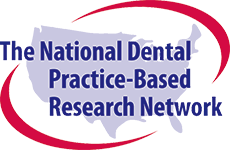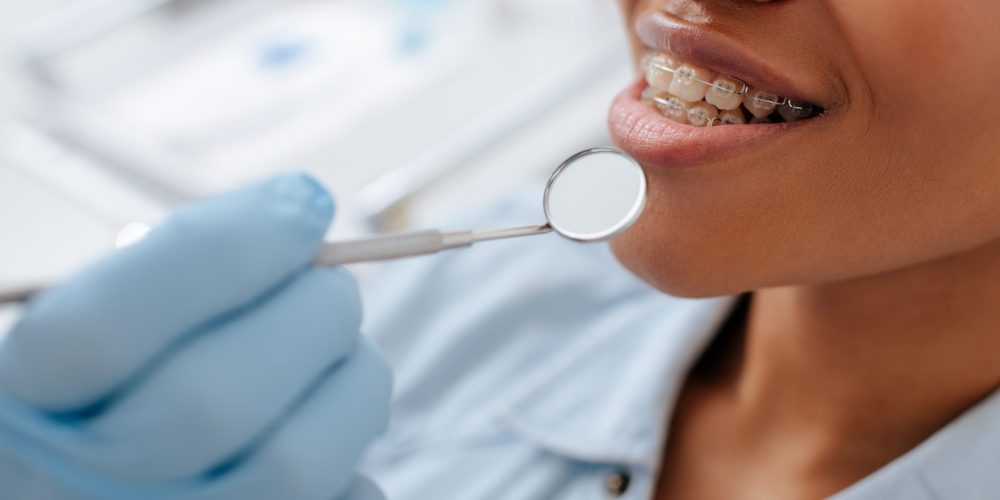Mental Health Screening in Dental Practices: A Feasible Approach

Authors
Todd Smith, Blake Berryhill, Nathan Culmer, Danyelle Barton, Mary Ann McBurnie, Dorota Kopycka-Kedzierawski, Gregg Gilbert
Introduction
Mental health issues are prevalent but often remain untreated. As researchers in healthcare, we have a strong interest in mental health and improving access to care. Due to some connections we found in dentistry, we identified a gap regarding mental health screenings in dentistry – particularly in comparison to primary care. This led us to conduct a pilot study to examine the feasibility, acceptability, and appropriateness of integrating patient mental health screening and referral to treatment into the dental health workflow.
The Study
Five practices, including five dentists, three hygienists, nine office staff members, and 36 patients from five practices participated in the study. Practitioners were asked to administer a mental health screening on a study-provided iPad. Patients answered short 2-6 questions to screen for depression (PHQ-2), anxiety (GAD-2), suicide risk (C-SSRS), and substance abuse (CAGE-AID). Practitioners reviewed screening scores and provided patients a list of local mental health services if they screened positive for at least one of the four mental health disorders.
Results
Of the 36 patients, 22 screened positive on any measure (61.1%). Eight (22.2%) patients screened positive on only one measure, 11 (30.6%) screened positive on two measures, and three patients (8.3%) screened positive on three measures. No patient screened positive on all four measures. Regarding feasibility and acceptability of incorporating mental health screenings and referral to treatment, the practitioners reported that the mental health and screening procedures did not disrupt the workflow in 93% of patient encounters.
Conclusion
We learned that incorporating mental health screenings and referral to treatment in dental practices was both feasible and acceptable. We also learned about general practice workflow. The screening tool, derived from a number of validated mental health screening tools, worked well in the practices and did identify a number of potential mental health issues within this small sample. We would like to further expand this study to a much larger population including a variety of practice types across multiple regions of the country and multiple types of patients.
Learn more about this study:
Berryhill MB, Culmer N, Smith T, Kopycka-Kedzierawski DT, Gurganus R, Curry G. Perceptions of mental health screening and referral to treatment in National Dental PBRN practices: a qualitative study. Journal of Public Health Dentistry 2024; in press.
Study protocol and other publications available in our website.
If you are interested in participating, contact us!




